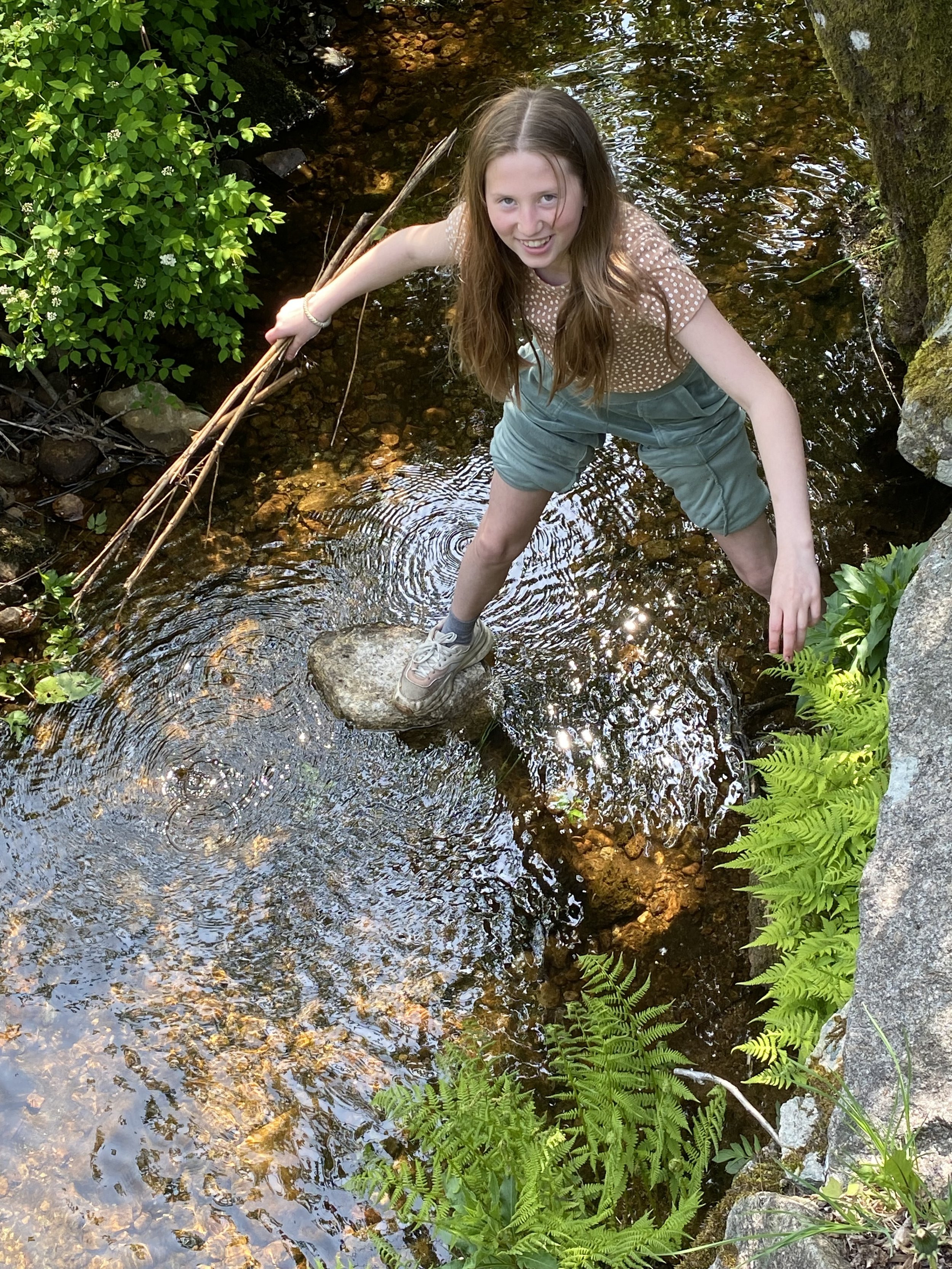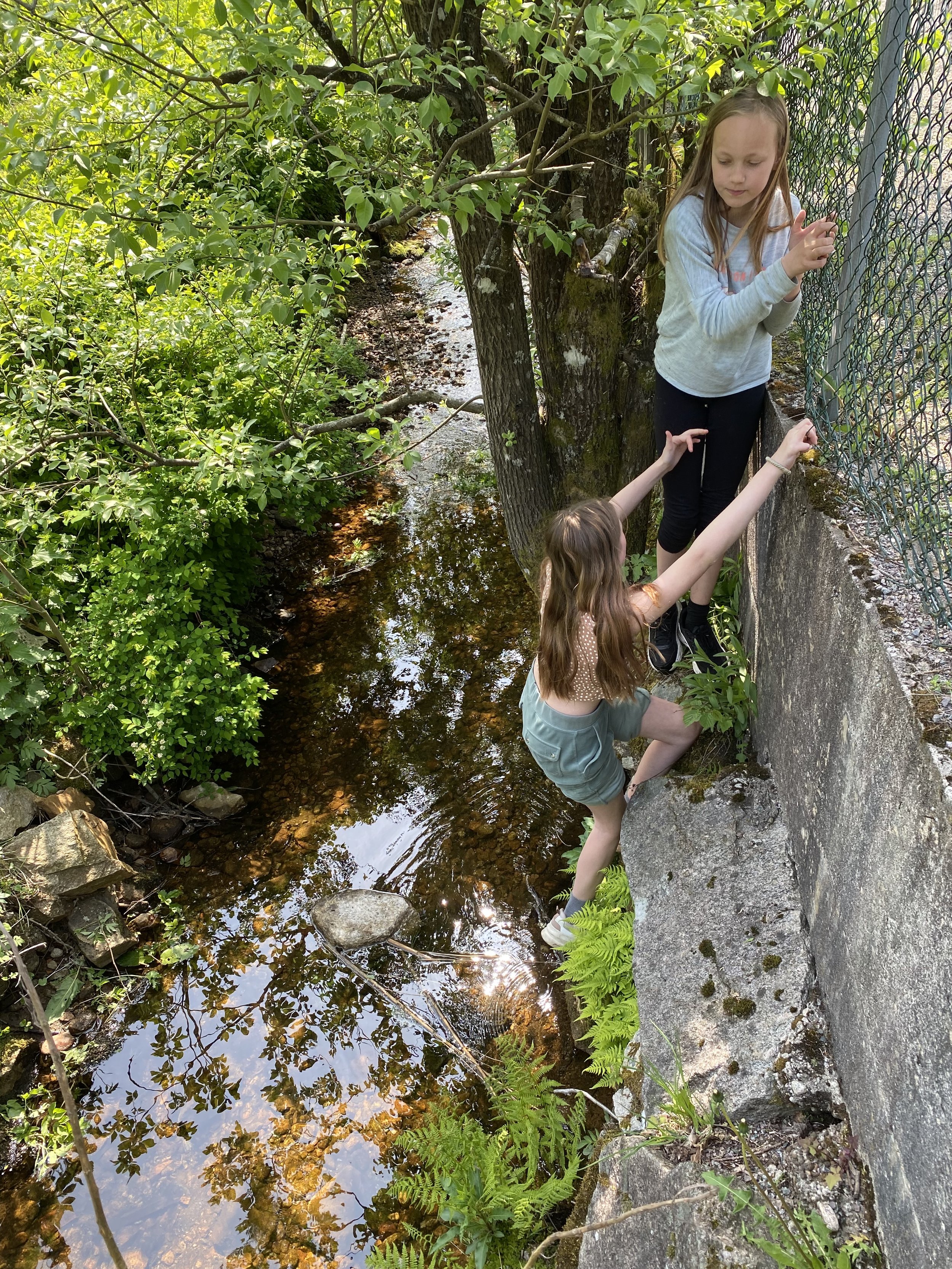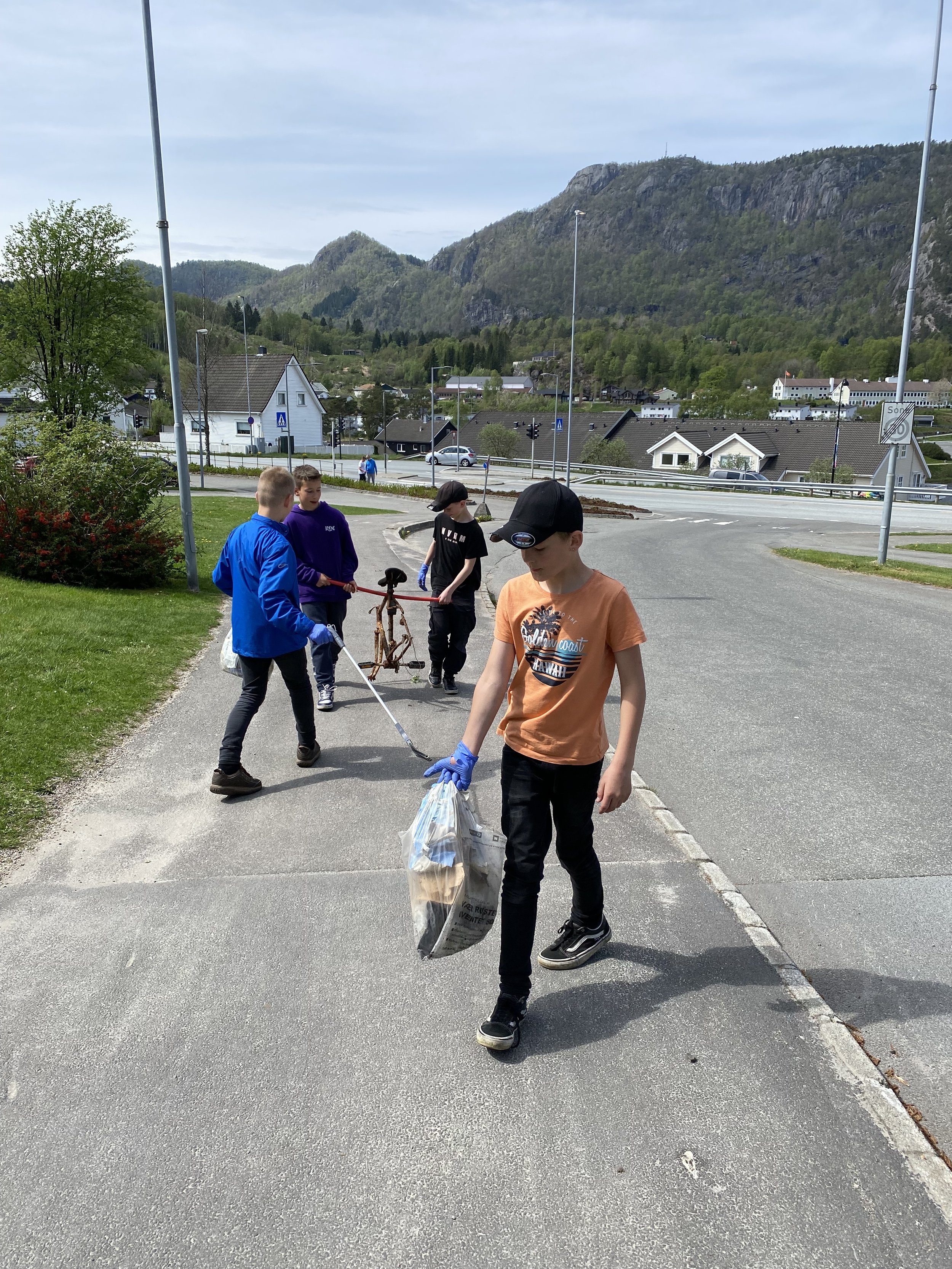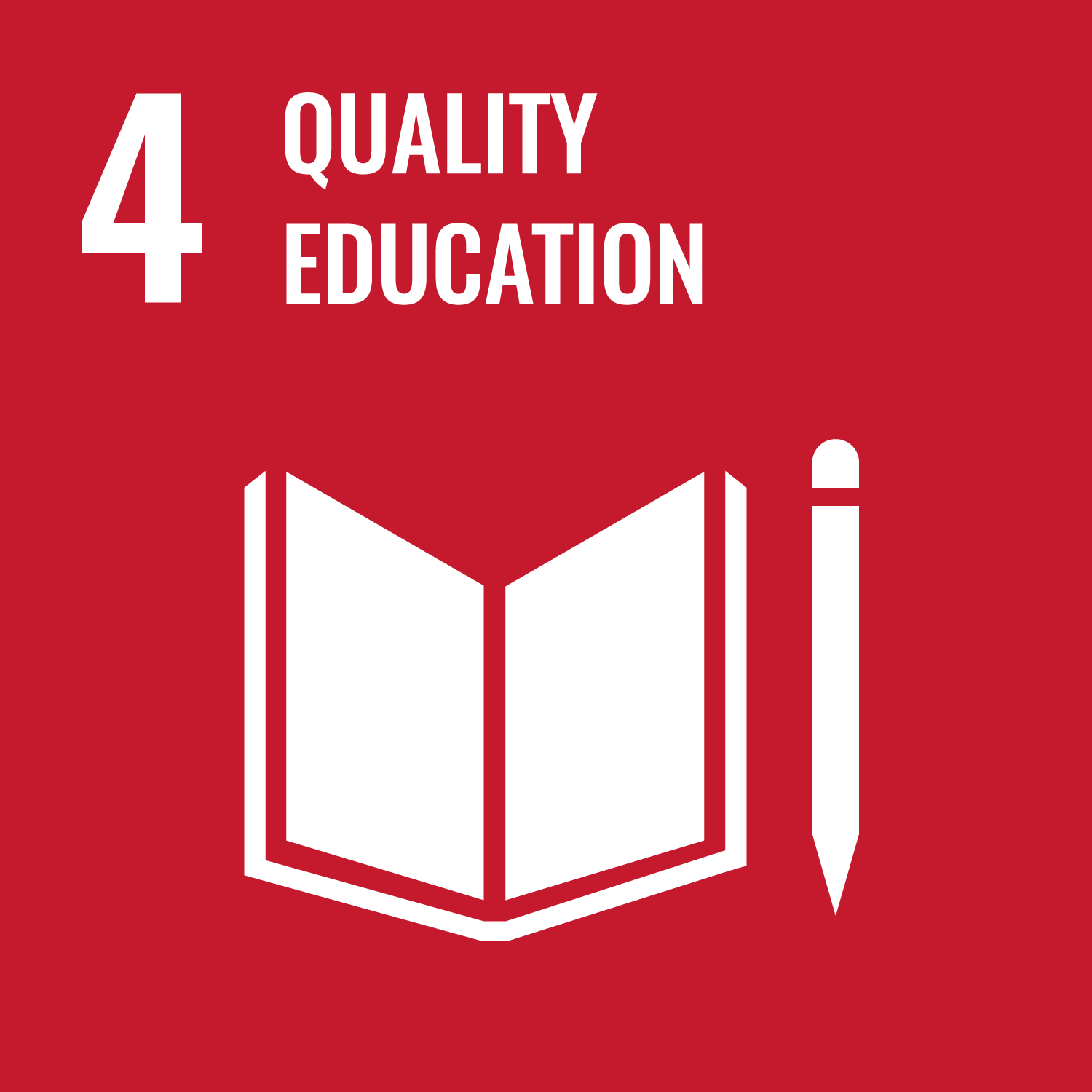In the rural municipality of Kvinesdal in Norway, students and their teachers sought out the help and expertise of local fishermen and hunters to learn more about their local ecosystems, specifically about the stream that runs through their village: the Helldalsbekken.
At Liknes primary school, as part of the Alcoa W5 project, the 6th grade teachers aimed to teach their students about water, natural diversity, and the interconnectedness of nature. What better way to do so, than to look in their own backyard to study the water cycle and the way it links so many different ecosystems? The 6th grade students and their teachers therefore frequently visited the local water stream, the Helldalsbekken, to learn about water and to study their local ecosystem and the different species that are part of it.
During their multiple visits to the Helldalsbekken, students learned about water in its different forms and how to check the stream’s water level. They examined the water quality and pH value, both of the stream’s water and of clear drinking water. Additionally, they evaluated their own water consumption at school and at home, and came up with ways to reduce it to protect their local environment.
Aside from learning about water, the visits to the local stream taught the students about local biodiversity. Students registered small animals, small fish and small insects, and mapped which species lived where, all with the help of local fishing and hunting experts from the community. And since they were already there, why not clear rubbish from the stream and its surroundings, to help protect the ecosystem and the species they had encountered?
But in order to learn about the interconnectedness of nature, the students had to move away from the local stream to a larger scale. Therefore, they studied the salmon’s life cycle and how the species move up from the sea to rivers such as the Helldalsbekken to hatch their eggs. This example helped them gain an understanding of how local phenomena affect life and ecosystems further away. They learned that the small stream in their outdoor area was connected to much larger water bodies, and that it is part of the global water cycle.
Through this Alcoa W5 project, the students learned about the vulnerability and interconnectedness of nature, and the importance of taking care of life in the Helldalsbekken stream. By exploring their local environment, students of Liknes Primary School discovered that the small stream outside their school is part of a bigger picture and that life in the stream is crucial for life in the larger rivers and in the sea.
The Alcoa W5 project of Liknes Primary School supports the following SDGs:







